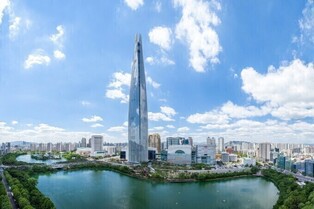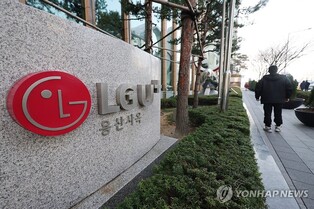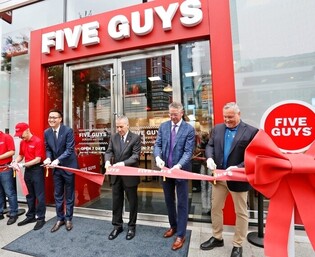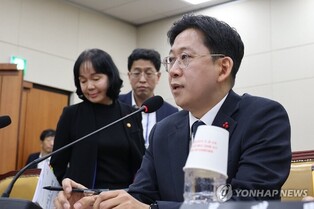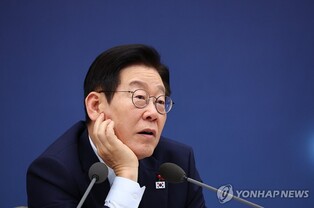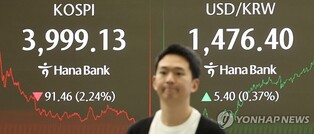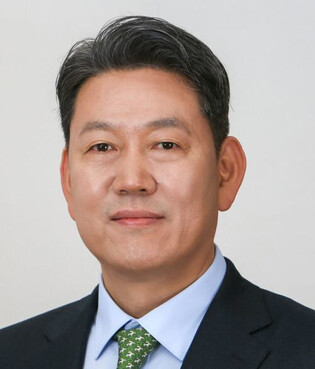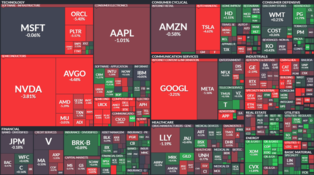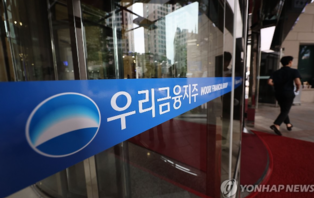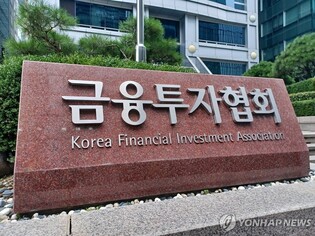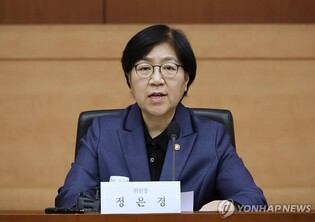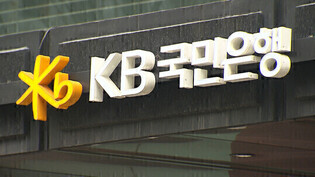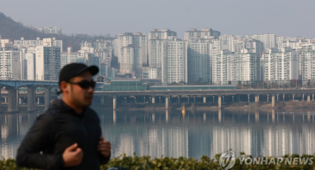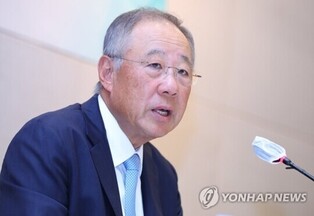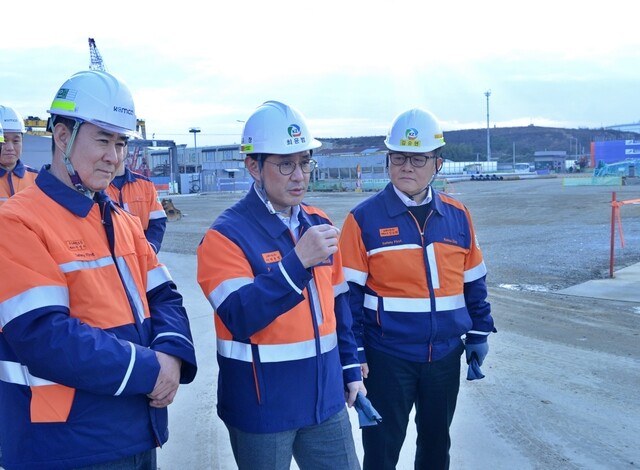 |
Korea Zinc Chairman Choi Yoon-bum (center) inspects the construction site of the company’s new germanium production facilities during a recent visit to the Onsan Refinery in Ulsan. (Photo: Korea Zinc) |
[Alpha Biz= Kim Jisun] ULSAN / SEOUL, Oct. 19 — Korea Zinc has announced plans to construct a gallium recovery facility at its Onsan Refinery in Ulsan by December 2027, positioning itself as a key player in reinforcing both Korea’s resource security and the global strategic mineral supply chain amid escalating U.S.-China trade tensions and China’s tightening rare mineral export controls.
The company said it will invest ₩55.7 billion (approximately USD 40 million) in the new facility, which will begin pilot operations in the first half of 2028 and commence full-scale commercial production soon thereafter. Korea Zinc expects the plant to produce about 15.5 tons of gallium annually, generating approximately ₩11 billion (USD 8 million) in annual profit, based on the current market price of USD 920 per kilogram.
Gallium was one of the first materials targeted under China’s export restrictions, alongside germanium. As of 2023, 98.7% of the world’s gallium production—approximately 762 tons per year—originates from China. Korea depends on China for over 70% of its gallium imports, underscoring the urgency of domestic supply diversification.
Korea Zinc stated that its in-house research and engineering teams have successfully developed and optimized advanced gallium recovery technology, enabling significant cost savings in plant construction and ensuring long-term profitability.
Gallium is a critical raw material used in semiconductors, LEDs, and high-speed integrated circuits, all essential components of advanced industries. It is one of 33 strategic minerals designated by the Korean government under the Special Act on Resource Security for priority management. The U.S. government has also classified gallium as a Critical Mineral under the Energy Act, citing its national security significance.
China began export restrictions on gallium and germanium in August 2023, followed by further export curbs on seven additional rare earth elements in April 2024. Earlier this month, Beijing expanded its controls to include extraterritorial application and new export categories, prompting the U.S. to consider imposing up to 100% tariffs on certain Chinese goods—further escalating trade tensions.
The price of gallium on the London Metal Exchange (LME) surged from USD 257.50/kg in June 2023 to USD 782.50/kg in June 2025, and most recently to USD 1,112.50/kg as of October 17, marking a more than fourfold increase in just over two years.
Industry experts say Korea Zinc’s investment will play a vital role in enhancing resource self-sufficiency and stabilizing the global supply chain for strategic minerals.
In addition to gallium, Korea Zinc expects the new process to yield over 16 tons of indium annually as a by-product, potentially generating ₩8 billion (USD 6 million) in additional revenue (based on a market price of ₩5 billion per ton).
Indium, another rare metal essential to semiconductors and renewable energy, has doubled in price over the past five years. Korea Zinc currently produces about 150 tons of indium per year, accounting for approximately 11% of global demand, ranking as the world’s largest producer outside China. With China controlling around 70% of global supply, Korea Zinc’s expansion underscores the growing importance of non-Chinese supply chain diversification.
Alphabiz Reporter Kim Jisun(stockmk2020@alphabiz.co.kr)


















